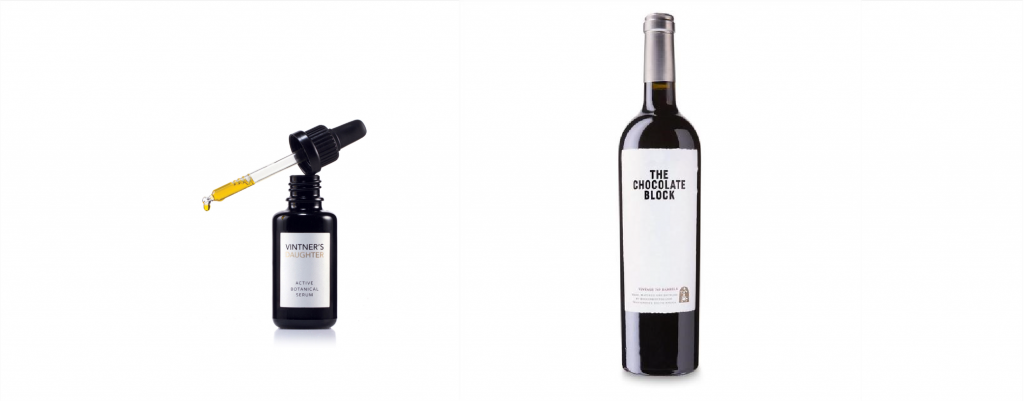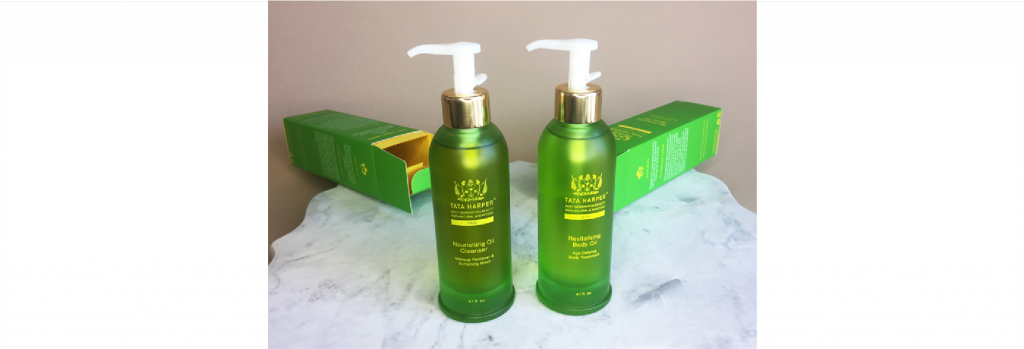Keep it simple, keep it fresh, keep it authentic: lessons from independent beauty brands
In the UK, beauty is booming. We spend on average £500 on beauty products every year, use around 12 products on our faces alone and specialist beauty retailers are thriving even against the backdrop of a consistently declining high street.
No wonder then that more and more beauty brands are competing for consumers’ attention, with young independent brands in particular gaining traction with consumers – whether it’s budget, ingredients-led The Inkey List, premium format-led Votary or subscription-based Beauty Pie.
And as they grow, multiply, and gain market share these independent brands are beginning to pose a real threat to the big players in beauty. Below we outline three key lessons we think big brands could learn from them.
1 / Keep it simple
Independent brands are excellent at providing simple, curated ranges that tell a clear, single-minded story – from product through to packaging and comms.
Vintner’s Daughter is perhaps the most extreme example of this. A one-product brand, their active botanical serum was “formulated with a singular goal in mind: to create a game-changing, performance-driven face oil with the multi-correctional activity and penetration of a super-powered serum.” Inspired by winemaking expertise, the product itself looks a bit like a bottle of red you might pick up from the top shelf. Simple, consistent, clear storytelling at every touchpoint.

For bigger brands, this level of simplicity can feel more difficult to achieve. Against the constraints of aggressive innovation cycles, range extensions and the need to address a wide range of skincare concerns, simplicity can often feel out of grasp. Here are a few thoughts on how this could be addressed:
- Consider range architecture. Is this intuitive/straightforward for consumers to navigate? Could someone who’s not familiar with your brand pick the right products for themselves and figure out how to use them for best results?
- What about the brand narrative? Is this clear and consistent at every touchpoint? For example, if you’re a brand that prides itself on being organic or sustainable, is this reflected in packaging as well product ingredients?
2 / Keep it fresh
Independent brands are very agile. They can respond to consumer feedback much quicker than big brands can, making them feel more pro-active (or at least less reactive) to an increasingly demanding audience.
For example, when Tata Harper customers fed back that the pumps on the packaging were creating waste and making the product difficult to access, the brand quickly responded by redesigning the problematic pumps. Other brands, such as Glossier, pride themselves on being “a people-powered beauty ecosystem”, providing “products inspired by the people who use them” – their entire ethos built on consumer inspiration and feedback.

This is not to say big brands don’t listen to their consumers – quite the opposite! Big brands spend a lot of time, money and effort on understanding those who buy their products and work tirelessly to serve them in the best way possible. But being agile can be difficult for big brands, as they are much bigger organisations.
So how can big brands become more agile?
- Consider behaviour within the organisation. Can internal processes be simplified and expediated to support quicker responses to consumer feedback?
- And what about behaviour outside the organisation? Are you on top of trends in the industry? Can you develop or redevelop products that speak to emerging consumer needs? Remember, often packaging innovation can be as exciting as a new product – for example rubberised shower gel packaging to avoid it slipping in the shower.
3 / Keep it authentic
One of the key advantages of independent brands is that they instinctively and thoroughly know their audience inside out – not just as an archetype (“Organic Olga” or “Nature-focused Nancy”), or through one lens (“Busy mums”). This intimate knowledge of their consumer means they come across as honest and authentic – two key attributes consumers are looking for.
Drunk Elephant brand founder Tiffany Masterson, for example, was unable to find products without one or more of what she dubbed the Suspicious 6 (Essential Oils, Drying Alcohols, Silicones, Chemical Screens, Fragrance/Dyes and SLS) – so she took matters into her own hands. Not only that, but the brand also takes the familiar mantra “perception is reality” very seriously, claiming that “If consumer perception is negative about a certain ingredient, right or wrong, we simply find a great alternative to put minds at ease”.

So how can big brands compete with this authentic, complex understanding of the consumer, and scale it?
- By integrating data sources – from sales and CRM data through to consumer closeness and segmentation work, spanning traditional and digital retail and comms
- By re-assessing existing knowledge. Big brands hold huge amounts of information about their consumers; sometimes all that’s needed is to look at it with a fresh pair of eyes
At Incite, we believe big brands have a lot to learn from independents, and vice versa. So whether you’re a big brand or a small one, do get in touch – we’d love to talk to you about how we might help.



